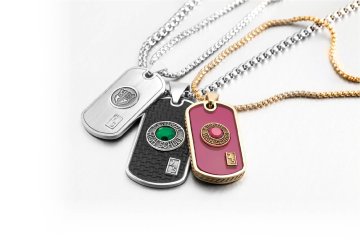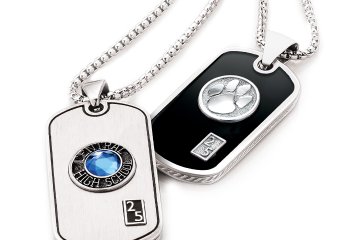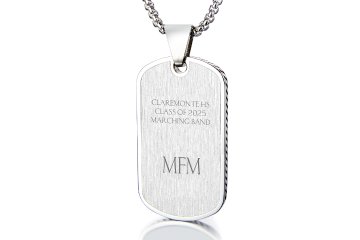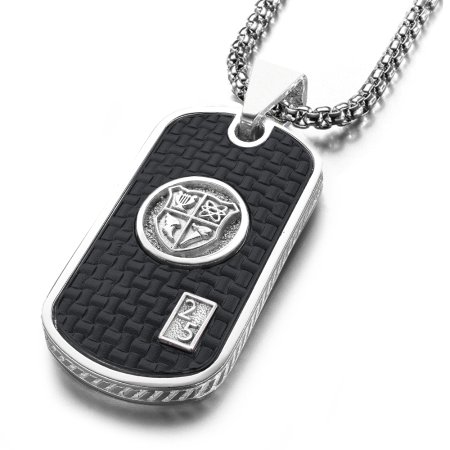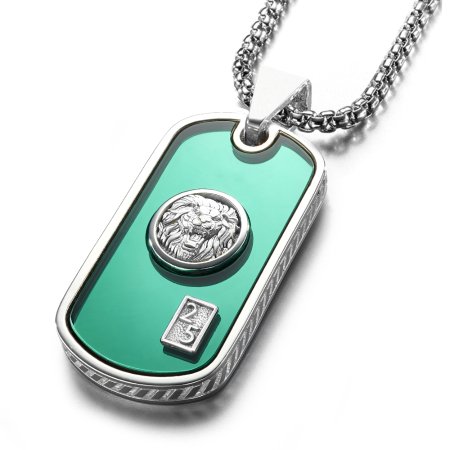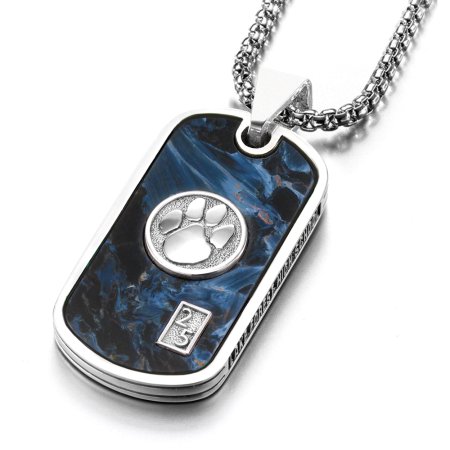The Origin of Dog Tags
Dog tags were first intended to be worn around soldiers’ necks to identify their bodies in case the worst came to worst on the battlefields. Soldiers throughout history have worn dog tags or other forms of identification. The first known use of dog tags in the U.S. goes back to the Civil War during the 1860s.
The dog tag at this time was a sturdy material, usually a metal, imprinted with the soldier’s name. That way, their body, and possessions could be sent home to their families. They were used in an unofficial capacity; other identifiers were also used during this time. Dog tags weren’t issued in any official capacity in the U.S. until 1906. They were first requested in 1899 at the end of the Spanish-American War. At the time, they came marked with the soldier’s rank, name, and regiment to be worn underneath their uniform.
They increased in use over the 20th century. In fact, soldiers began wearing two: one to have on record, and one to identify the soldiers’ bodies. All American troops were required to have dog tags by around 1917. Starting in the first World War, soldiers could also note their religion on their dog tags.
The material and shape of dog tags changed over the years, but modern design began during World War II: a silver, metallic, rectangular pendant with rounded edges hung on a silver metallic ball chain.
The Use of Dog Tags Today
In the military today, identification is ascertained through DNA. So dog tags are no longer worn to identify soldiers. Instead, they are worn to memorialize fellow fallen soldiers.
Currently, dog tags also are used for medical purposes. For example, a person with diabetes or a severe allergy might opt to wear dog tags denoting their medical condition. In the case of their incapacitation, an emergency medical technician could quickly know of any medical condition that might affect emergency medical care.
They are also used as unisex jewelry to express your style. They evoke mystery: are they your tags? Or from a loved one? What do they say? It makes the wearer look tough yet alluring.
The Dog Tag Name
So, how did the dog tag get its name? No one knows for sure, but since they were first used for military purposes, it suggests that the military treated draftees like “dogs.” And of course, “tag” denotes identifying information. Others attribute the phrase to William Randolph Hearst, as the phrase was first printed in his publication in 1936 for political reasons. In both the past and the present, a dog tag includes a name and other personal information.
